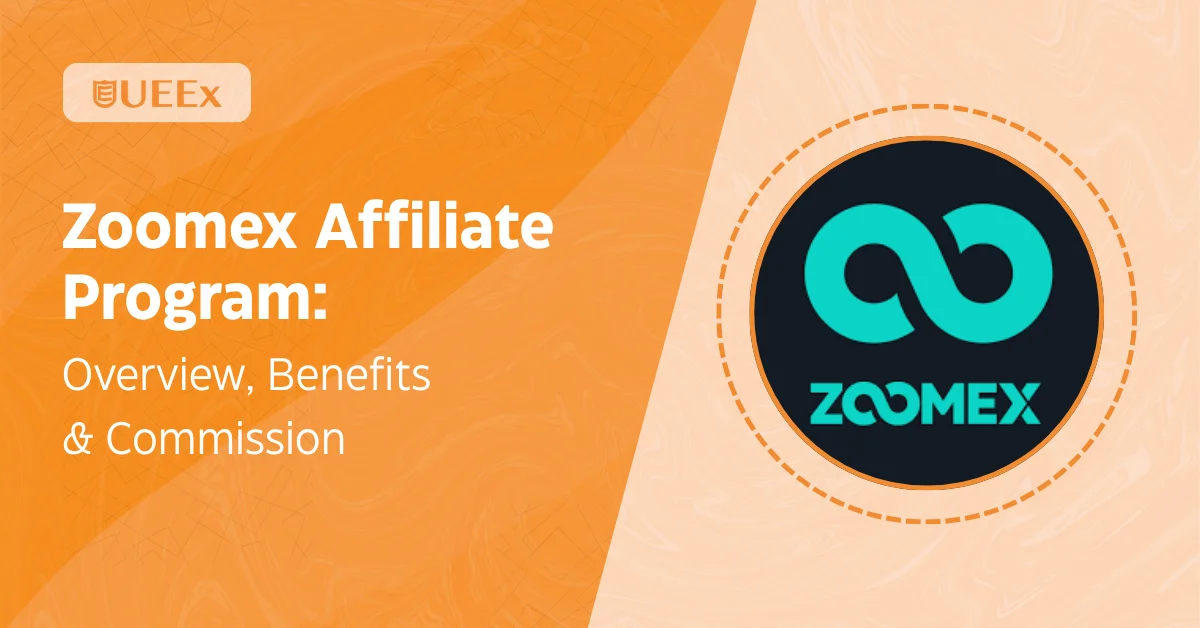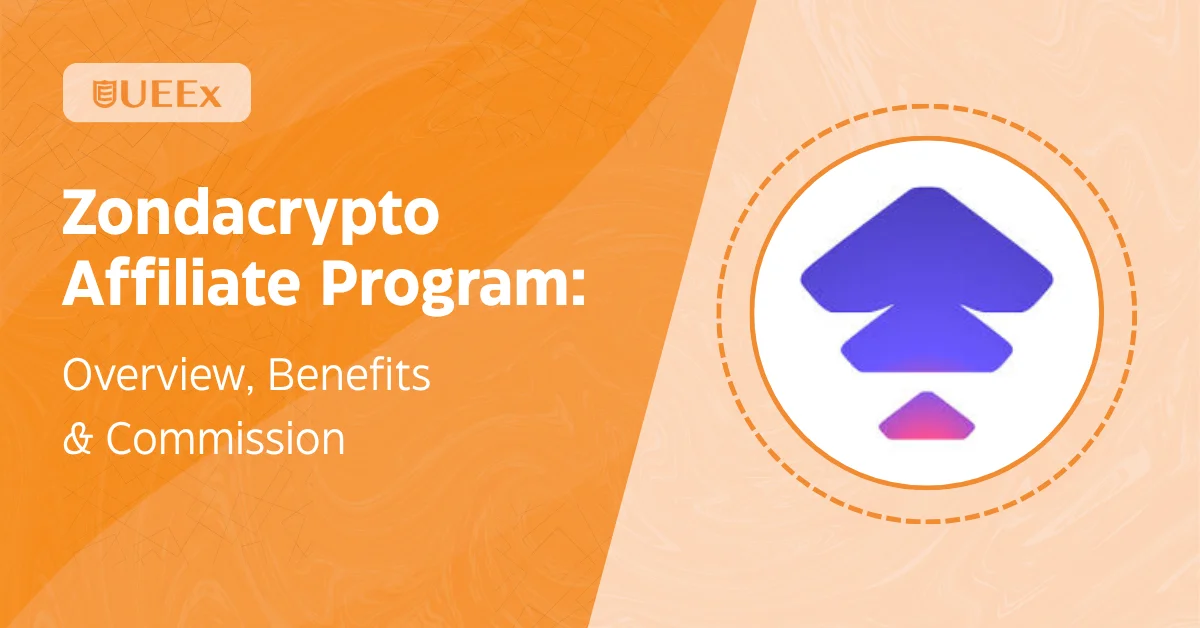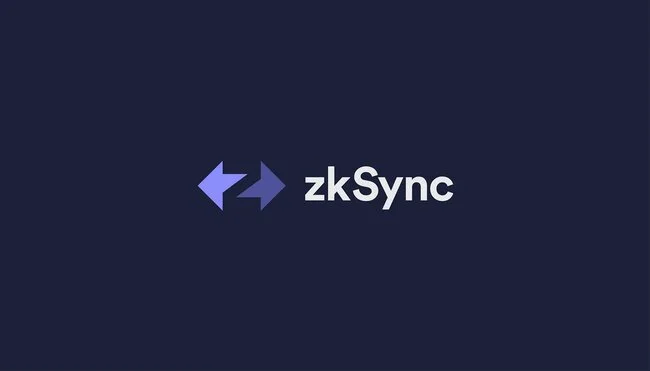As a trader, especially if you’re a beginner, understanding the core differences between spot and perpetual futures trading is essential to making informed decisions. These two markets operate on distinct principles, each with its strategies, risks, and opportunities.
Choosing the right one depends on your goals, risk tolerance, and your preferred approach to managing your capital.
Spot trading involves buying or selling an asset for immediate delivery, while perpetual futures allow you to speculate on price movements without owning the underlying asset, often with leverage.
In this article, we break down the key differences between spot and futures trading in a clear and practical manner so you can trade with confidence and clarity.
Key Takeaways
- Spot trading involves buying and owning assets directly at current market prices with no leverage.
- Perpetual futures trading uses contracts without expiry, allowing traders to go long or short with leverage.
- Spot trading is generally simpler and better suited for those seeking long-term asset holding.
- Perpetual futures offer more flexibility in volatile markets but carry higher risk due to leverage and margin requirements.
- Choosing between spot and perpetual futures depends on trading goals, experience, market conditions, and risk tolerance.
What Is Spot Trading?
Source: Freepik
Spot trading refers to the direct purchase or sale of a financial asset, such as a cryptocurrency, foreign exchange (forex), or commodity, for immediate delivery and settlement. In simple terms, it’s when you buy an asset and take ownership of it instantly at the current market price, also known as the spot price.
This type of trading takes place on what is called the spot market, where transactions are executed immediately, or “on the spot.” Unlike futures or options, there are no contracts or agreements for future settlement—what you see is what you get, right now.
Spot trading is commonly used by traders who want full ownership of the asset and prefer a straightforward approach to trading. It’s ideal for long-term investors, those seeking real-time profits, and anyone looking for direct control over their assets.
How Does Spot Trading Work?
Spot trading works through a simple mechanism. You buy or sell an asset at its current market price, and the transaction is settled instantly. Once the trade is completed, ownership of the asset is transferred immediately to the buyer.
This process usually takes place on spot exchanges like UEEx, Binance, Coinbase, or Kraken, where buyers and sellers place orders that get matched in real-time. These platforms charge trading fees for each transaction.
UEEx has a cost of 0.09%, Binance charges 0.10%, while Coinbase fees range between 0.05% and 0.60%. In contrast, Kraken applies maker fees of 0.25% and taker fees of 0.40%.
You can choose to place a market order (executed at the best available price) or a limit order (executed only at your specified price).
For example, Imagine Bitcoin is trading at $30,000 on a spot exchange. You decide to buy 0.1 BTC. You place a market order, which immediately buys 0.1 BTC for $3,000. The Bitcoin is transferred to your wallet instantly, and you now own it outright. You can hold, transfer, or sell it at any time.
This is the core of spot trading: tangible assets, real prices, and immediate settlement.
What Is Perpetual Futures Trading?
Source: Freepik
Perpetual futures trading is a type of derivative trading where traders speculate on the future price of an asset, such as Bitcoin or Ethereum, without actually owning the underlying asset. Unlike traditional futures contracts, perpetual futures have no expiry date, allowing positions to be held indefinitely, as long as margin requirements are met.
Perpetual futures are popular among traders who want flexibility, leverage, and the ability to profit from both rising and falling markets.
Key features of perpetual futures trading include:
- No Expiry Date: Positions can be held for as long as desired, unlike traditional futures, which have a set settlement date.
- Leverage: Traders can borrow funds to open positions that exceed their account balance (e.g., 10x or 50x leverage).
- Funding Rate Mechanism: A periodic payment between long and short traders to keep the contract price aligned with the spot price.
- Two-Way Trading: You can go long (buy) if you think the price will rise, or short (sell) if you believe the price will drop.
Perpetual futures are widely used for hedging, speculation, and short-term trading strategies, particularly in cryptocurrency markets such as UEEx, Binance Futures, Bybit, and OKX.
Each exchange has its trading fee structure for futures trading. UEEx charges a 0.05% fee, slightly lower than its spot trading rate.
Binance Futures applies a 0.0200% maker fee and 0.0500% taker fee, while Bybit sets futures fees at 0.0200% for makers and 0.0550% for takers. OKX mirrors Binance’s structure, charging 0.020% maker and 0.050% taker fees.
These low trading fees, combined with leverage and market flexibility, make perpetual futures a preferred choice for active crypto traders.
How Do Perpetual Futures Work?
Perpetual futures trading is margin-based, meaning you only need to deposit a portion of the total trade value—this is where leverage comes in. Leverage enables you to assume a more prominent position with less capital.
For example, using 10x leverage, a $100 margin can control a $1,000 trade. While leverage can multiply profits, it also increases the risk of liquidation if the market moves against your position.
There are two central margin systems used in perpetual trading:
- Cross Margin: Your entire account balance is used as collateral to prevent liquidation. It spreads risk across all open positions but can result in losing your entire balance if the trade fails.
- Isolated Margin: Only the margin allocated to a specific trade is at risk. It limits potential losses to just that position but offers more control and less flexibility.
Another essential concept is the funding rate—a periodic payment exchanged between long and short traders to maintain the contract price in alignment with the spot market price. If the funding rate is positive, long traders pay shorts; if negative, shorts pay longs.
In perpetual futures trading, your success depends not only on the direction of prices but also on managing margin, leverage, position size, and understanding funding fees. It’s a fast-paced environment with high risk and high reward, best approached with a strategic and disciplined approach.
Spot Vs Perpetual Futures: Main Differences
| Feature | Spot Trading | Perpetual Futures Trading |
| Ownership | Full asset ownership | No ownership (contract-based) |
| Leverage | N/A | Available (varies from 10x up to 200x on UEEx) |
| Settlement Time | Immediate | No expiry, can be held indefinitely |
| Market Strategy | Long-term holding | Short-term, hedging, speculation |
| Risk Profile | Lower risk | Higher risk due to leverage |
| Borrowing | N/A | Required when using leverage |
| Collateral | N/A | Required to open and maintain positions |
| Use Cases | Investment, transfers, holding | Hedging, shorting, leveraged trades |
| Complexity | Simple | Complex |
| Trading Hours | 24/7 | 24/7 |
| Typical Users | Retail investors, casual traders | Active traders, professionals |
| Source of Profit | Asset appreciation | Price direction, funding, leverage returns |
Understanding the difference between spot trading and perpetual futures trading is crucial for selecting the strategy that aligns with your trading objectives.
Here’s a detailed look at the key areas that set spot and perpetual futures trading apart:
Ownership
In spot trading, you own the asset after the purchase. For example, buying 1 ETH means you hold that ETH in your wallet. In perpetual futures, you do not own the asset—you have a contract representing a position.
Leverage
Spot trading usually involves using your actual capital. Perpetual futures allow traders to use leverage, sometimes up to 200x, enabling more significant trades with smaller funds, but with greater risk.
Settlement Time
Spot trades settle immediately after execution. Perpetual futures don’t involve asset delivery and can be held indefinitely, with no expiry.
Market Strategy
Spot trading is better for long-term investing and holding. Perpetual futures are ideal for short-term strategies, such as scalping, hedging, and profiting from both rising and falling markets, which are referred to as long and short positions.
Risk Profile
Spot trading has lower risk since you can only lose what you invest. Perpetuals carry higher risk due to leverage, margin requirements, and potential liquidations.
Borrowing
There’s no borrowing in spot trades—you pay the full price. In perpetual trading, you essentially borrow capital when using leverage, which may incur interest or fees.
Collateral
Spot trades don’t require collateral. For perpetuals, you need to deposit collateral (usually USDT, USDC, or other stablecoins) to open and maintain positions.
Use Cases
Spot trading is used for simple investing, asset transfers, or long-term holdings. Perpetual futures are used for hedging, risk management, and speculative strategies.
Complexity
Spot trading is more straightforward. Perpetuals are more complex and require a deeper understanding of market behavior, funding rates, and liquidation thresholds.
Trading Hours
Both markets operate 24/7, especially in the cryptocurrency space.
Typical Users
Spot trading attracts casual or long-term traders. Perpetual futures are more appealing to active traders, institutions, or individuals comfortable with risk and leverage.
Source of Profit
In spot, profits come from price appreciation. In perpetuals, profits can come from both upward or downward price movements, and sometimes from funding fees.
The Crucial Differences Between Spot and Perpetual Futures
Source: Freepik
Which Is Better for Less Experienced vs. More Skilled Traders?
Spot trading is generally more suitable for less experienced traders because of its simplicity and transparency. You buy the asset at the current price, and once the transaction is complete, you own it.
There’s no need to manage margin accounts, monitor funding rates, or worry about liquidation risks. It’s a straightforward way to gain exposure to an asset and is often preferred by those looking to invest or hold long-term.
In contrast, perpetual futures trading is better suited for more skilled or active traders who understand technical analysis, risk management, and leverage.
Perpetual contracts allow you to speculate on an asset’s price direction without owning it, using borrowed capital (leverage) to amplify gains or losses. Traders must also manage complex factors like funding rates and margin calls, making it a more advanced strategy.
How Market Conditions Influence Your Choice
Market conditions play a major role in determining whether traders lean toward spot or perpetual futures.
- In bullish markets, many traders prefer spot trading to benefit from actual asset ownership and long-term price appreciation. Holding assets like Bitcoin or Ethereum during an uptrend allows investors to participate in the full value growth.
- In bearish or highly volatile markets, perpetual futures offer more flexibility. Traders can short assets, hedge existing spot positions, or use leverage to profit from smaller price swings. The ability to trade both long and short is especially valuable during periods of uncertainty or downturn.
- During periods of sideways market movement, perpetual futures might offer more short-term opportunities due to their margin and leverage features, allowing experienced traders to capitalize on small price movements without committing large amounts of capital.
Tax Implications (If Relevant in Your Region)
Tax treatment varies by jurisdiction, but there are general patterns:
- Spot trading usually falls under capital gains tax. If you buy and later sell a crypto asset at a profit, you may be liable for taxes on that gain. Holding the asset for longer than a year might qualify you for lower long-term capital gains tax in some countries.
- Perpetual futures, however, are often taxed differently depending on whether the trades are considered speculative or business income. In some regions, futures trades may be taxed as ordinary income, especially if done frequently or as part of a professional trading strategy. Additionally, because these are derivative contracts, losses and gains might be reported differently than spot holdings.
Pros and Cons of Spot vs. Perpetual Futures Trading
Choosing between spot trading and perpetual futures depends largely on your trading goals, risk tolerance, and level of experience. Each method has its strengths and drawbacks.
Here’s a breakdown of the pros and cons of both trading styles to help you determine which suits you best:
Pros of Spot Trading
- Simplicity and Transparency: Spot trading is easy to understand. You buy an asset at its current market price, and you own it immediately.
- Full Asset Ownership: You gain direct ownership of the asset, meaning you can hold it, transfer it, or use it across platforms.
- Lower Risk Exposure: Since there’s no leverage involved, your risk is limited to the amount you invest.
- Long-Term Investment Potential: Spot trading is ideal for investors who want to hold assets over time and benefit from long-term growth.
Cons of Spot Trading
- No Leverage: You must provide 100% of the capital upfront, limiting potential returns compared to leveraged products.
- Limited Profit Opportunities in Bear Markets: You can only profit when the asset price goes up, not when it falls.
- Slow Capital Efficiency: Capital tied up in assets can’t be easily leveraged for multiple trades.
Pros of Perpetual Futures Trading
- Leverage for Increased Exposure: You can control a larger position with less capital, potentially increasing profits.
- Opportunity to Trade Both Directions: Go long or short depending on market conditions, making it useful in both bull and bear markets.
- Efficient Capital Use: You can diversify your strategies with less upfront capital, making trading more flexible.
- No Expiry Date: Unlike traditional futures, perpetual contracts don’t expire, allowing you to hold positions as long as needed (subject to funding rates and margin requirements).
Cons of Perpetual Futures Trading
- Higher Risk Due to Leverage: Losses can be magnified just as quickly as gains. Poor risk management can lead to liquidation.
- Complex for Less Experienced Traders: Understanding margin, funding rates, and position management requires deeper knowledge.
- Ongoing Costs (Funding Rates): Depending on market conditions, you might pay or receive a funding fee every 8 hours, which can affect profits over time.
- Emotional Stress and Fast-Paced Trading: The high volatility and pressure of managing leveraged positions can lead to emotional decision-making and stress.
Final Thoughts
This guide has outlined the key differences between spot and perpetual futures trading, helping you understand how each method aligns with different goals, risk levels, and strategies. Spot trading offers simplicity and ownership, while perpetual futures provide flexibility and leveraged opportunities.
By weighing the pros, cons, and market conditions, you can choose the approach that fits your trading style. Staying informed and intentional with your choices will help you trade more confidently and effectively across various market environments.
Frequently Asked Questions
What Is the Difference Between Spot and Perpetual Futures?
Spot trading involves buying or selling assets for immediate delivery, while perpetual futures are contracts that allow traders to speculate on price movements without owning the asset and with no expiry date.
Why Trade Perps Instead of Spot?
Perpetual futures (perps) allow traders to use leverage, profit from both rising and falling markets, and require less upfront capital compared to spot trading.
What Is the Difference Between Futures and Perpetual Futures?
The main difference is that futures contracts have a set expiry date, while perpetual futures do not expire and can be held indefinitely, using funding rates to keep prices aligned with the spot market.
Does Perpetual Futures Affect Spot Prices?
Yes, perpetual futures can affect spot prices, especially during high-volume trading, as aggressive futures positions may influence market sentiment and trigger spot market reactions through arbitrage.
Why Spot Trading Is Better?
Spot trading is better for those who prefer simplicity, low fees, full asset ownership, lower risk, and long-term investment without dealing with leverage or complex trading mechanics.







